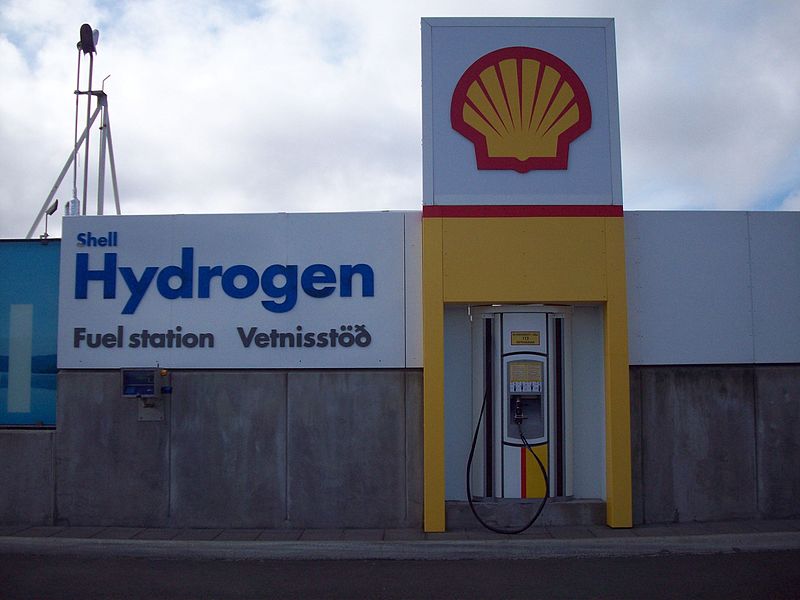Fight Like You Live Here
SoCalGas Hydrogen Plan Endangers Southern California Water Supply

When SoCalGas — the investor-owned utility responsible for the country’s worst natural gas blowout of all time — unveiled plans for California’s biggest “green” hydrogen plant and pipeline system, Governor Gavin Newsom was quick to praise the move. But the proposal should set off alarms: This so-called “clean” energy proposal from the Southern California Gas Company deserves serious scrutiny from environmental, public health, and community perspectives.
About 96 percent of hydrogen production in the U.S. utilizes fossil fuels, so it’s hardly a source of clean energy. The other 4 percent still requires immense quantities of energy and water to produce. “Green” hydrogen is the end product of electrolysis, the splitting of hydrogen and oxygen from water molecules. This is inherently energy intensive, and there are other factors to consider: “Green” hydrogen production also requires 9 kg of water per every 1 kg of hydrogen produced. California is already a home for water-heavy industries, including factory farms, industrial agriculture, and fossil fuel extraction — 3,418 oil and gas wells exist in Santa Barbara County alone.
As we are all well aware, the state’s water supply is dwindling. Recent studies place the Western drought of the last two decades as the worst in 1,200 years. Like the rest of California, Santa Barbara County faces below normal water levels and other consequences of severe drought. Yet SoCalGas has not indicated where the massive amounts of water needed for hydrogen production would be sourced.
There is also the matter of delivering and storing the fuel. SoCalGas intends to build an entirely new infrastructure system to transfer hydrogen to the Los Angeles Basin, but they have yet to specify the location of the Angeles Link plant or the network of pipelines. Gas infrastructure pipelines already dot the Southern California landscape, including the La Goleta facility in Santa Barbara where nearby residents have experienced earthquakes and methane leaks. If hydrogen is piped through Santa Barbara County, the dangers posed by methane are swapped for those of an even more flammable gas.
Fossil fuel pipelines, even when used to transport “green” hydrogen, will always pose dangers to nearby communities and leave loopholes for profit-driven utilities to mix hydrogen with natural gas. And because SoCalGas has no plans to immediately dismantle any of its natural gas pipelines or storage facilities like Aliso Canyon or La Goleta, ratepayers will be on the hook not only for natural gas but also for new hydrogen infrastructure. The scoping plan alone for Phase 1 of SoCalGas’s hydrogen buildout will cost around $26 million.

The Southern California Gas Company’s priority is its bottom line. Recent research from Food & Water Watch revealed that SoCalGas, PG&E, and other investor-owned utilities raised gas prices for ratepayers during the pandemic by more than 50 percent. Ironically, while SoCalGas was announcing its first foray into green technology, the company was facing $10 million in fines for using customer funds to lobby against clean energy policies that threatened its business model. Likewise, in Ventura County SoCalGas has fought community opposition to its plans to expand a gas compressor station across the street from an elementary school. Dogged by public mistrust, the utility has struggled with transparency and open discussions with impacted communities.
Hydrogen production allows the possibility of abuse by the fossil fuel industry. Instead of spending ratepayer dollars on an unproven technology whose applications will be limited and whose production requires more water and energy than we can afford, Governor Newsom must invest in real climate solutions like energy efficiency, wind, solar, and battery storage. And he must place control of those solutions back in the hands of the communities who have for too long been excluded from their own energy decisions.
Equitable, safe, and sustainable energy solutions are available to us right now. We should not pass them by for “green” energy solutions proffered by fossil fuel interests and investor-owned utilities with track records of profiteering and dangerous infrastructure.
Alexandra Nagy is California director for Food & Water Watch.




You must be logged in to post a comment.